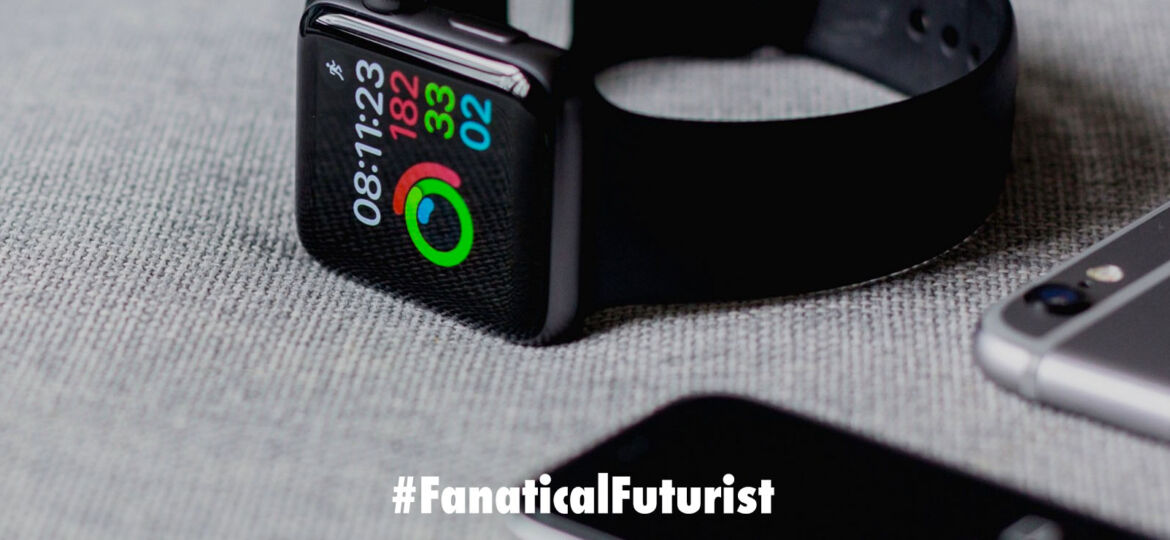
WHY THIS MATTERS IN BRIEF
Being able to 3D print batteries means we can create batteries in all shapes and sizes which will be useful for all our new gadgets.
Recently I’ve been reporting on a variety of new battery developments, from polymer batteries that can charge your electric vehicle in seconds, to new types of solar batteries that generate and store solar energy all in one package, and many others. One of the unspoken challenges in creating smaller and smaller devices and gadgets these days, such as wearables and smartphones, is that the batteries can take up a lot of room. After all, cases are often designed around standard battery sizes, and it often creates a lot of wasted space. Now though new research published in ACS Applied Energy Materials shows that it’s possible to 3D print Lithium Ion (LiON) batteries into whatever shape you need. And it could open the door to creating batteries, of all shapes and sizes, which could open up a host of interesting new use cases.
The problem that has stood in the way of 3D printed LiON batteries, at least, until now, is that the polymers traditionally used in this kind of printing aren’t ionic conductors. So the teams goal, led by Christopher Reyes and Benjamin Wiley, from Duke University, was to find a way to print custom sized LiON batteries in a cost effective way using nothing more than a regular 3D printer.

In order to make the batteries conductive and get around the problem they infused the Polylactic Acid (PLA) usually used in 3D printing with an electrolyte solution. They then also incorporated graphene and carbon nanotubes into the design of the case, two other emerging technologies that have been shown to boost battery life, to help increase conductivity. And after these design modifications they were then able to 3D print an LED bracelet, complete with custom battery.
It’s important to note though that this research is very preliminary and that the prototype battery was only able to power the bracelet for about 60 seconds. And the team also notes that the capacity of the printed battery is well below commercial standards. But they have ideas for how to improve capacity, and this idea has a lot of promise for the future of small gadgets and tech, as well as opening the door to 3D printing LiON batteries into anything and everything, from smart clothing to the rooves of electric vehicles.
Source:
















